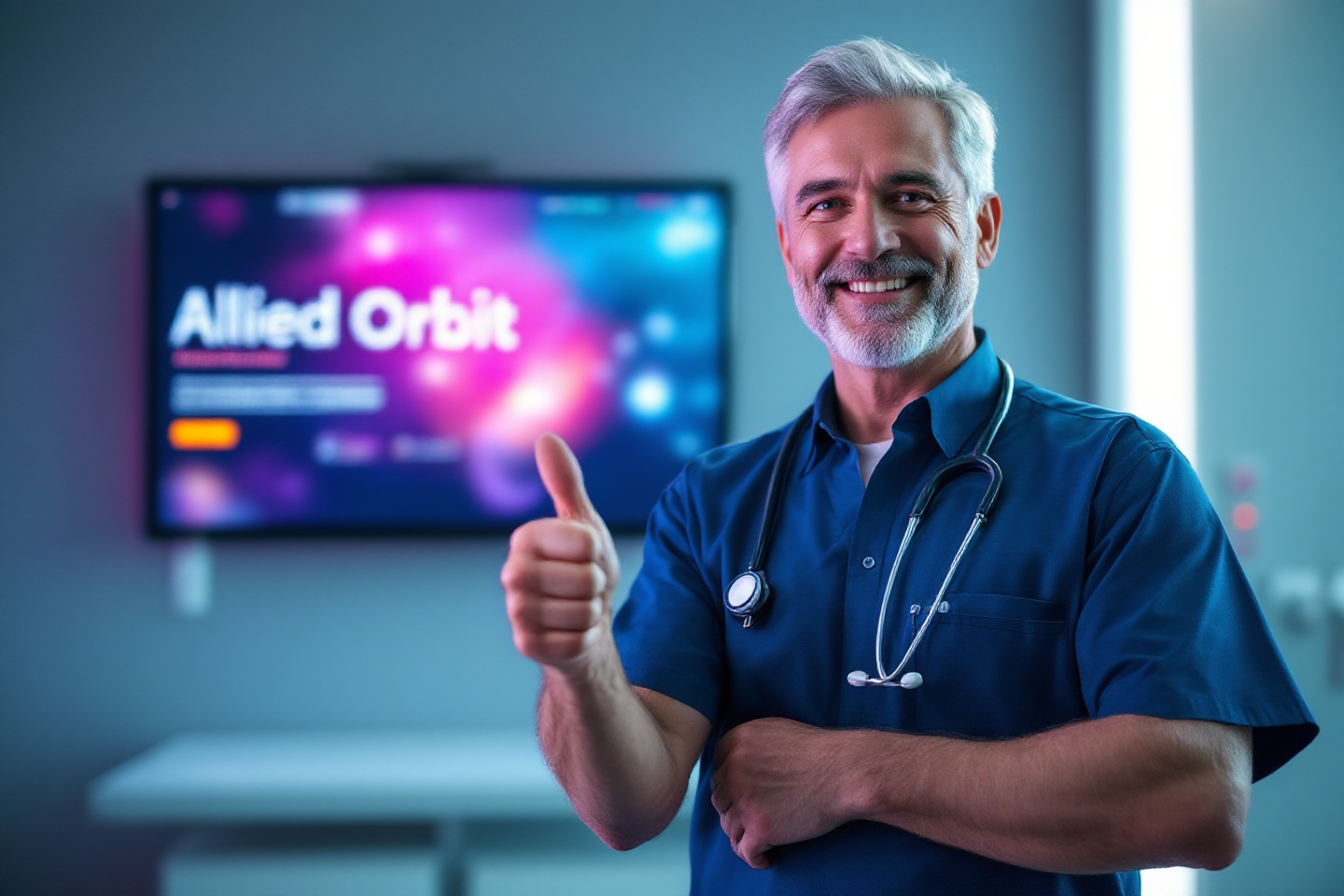A Strategic Shift in Modern Dentistry: Unlocking Growth with AI-Driven Solutions and Remote Staffing
.webp)
The integration of AI-driven solutions and remote staffing have revolutionised the field of dentistry. With advancements in AI software like Dental Monitoring and the inclusion of Remote Orthodontists, clinics can now expand their suite of services to include orthodontics more seamlessly than ever before. This blog explores how these innovations are unlocking growth opportunities and improving efficiency in modern dental practices.
Why Expand into Orthodontics—And How?
Dental practices today face mounting pressure to diversify services, deliver exceptional patient care, and streamline operations. Amidst these challenges, one solution is rapidly gaining traction: expanding into orthodontics, powered by the integration of remote staffing and AI-driven software.
Industry estimates often suggest that between 40% and 60% of general dental practices offer some form of orthodontic service, especially with the rise of clear aligner systems, supported by advanced digital scanning and treatment planning technologies. Introducing orthodontic services can transform a dental practice in several ways:
- Boost Revenue: Orthodontics is one of the fastest-growing segments in dentistry. Australian practices typically report a 15–35% increase in revenue within the first year of adding aligners or fixed orthodontic options.
- Attract New Patient Segments: AI-powered analytics enable practices to precisely target growing markets—families, teens, and adults seeking aligner solutions.
- Enhance Patient Retention: Comprehensive, AI-supported care pathways encourage patients to remain with your practice for all their dental needs, increasing lifetime value.
However, integrating orthodontics brings complex workflows, increased administrative demands, and strict compliance requirements—risks that can overwhelm in-house teams unless AI and remote solutions are embedded from the outset.
Adding Orthodontics with AI Software
AI software like Dental Monitoring has made it easier for dental clinics to incorporate orthodontics into their services. This advanced technology allows for real-time monitoring of patient progress, enabling remote orthodontists to provide timely adjustments and recommendations. By leveraging AI, clinics can offer high-quality orthodontic care without the need for frequent in-person visits, making it more convenient for patients and cost-effective for the practice.
Integration of Remote Orthodontists
Remote Orthodontists are transforming the way clinics deliver specialised care. By integrating these professionals into the clinic's team, practices can expand their capabilities without the overhead costs of hiring in-house specialists. Remote Orthodontists can review patient data, provide treatment plans, monitor progress using AI-powered tools, and respond to clinical and non-clinical notifications, ensuring seamless collaboration with the in-clinic team.
Other AI Solutions for Efficiency and Growth
AI can assist a dental practice across a wide range of functions and tasks, significantly improving efficiency, patient experience, and financial performance. Examples of where AI can make an impact include:
1. Patient Engagement
AI-powered virtual assistants and platforms can deliver personalised communication, such as appointment reminders, follow-up messages, and tailored educational content. This enhances patient compliance, satisfaction, and overall engagement with the practice. Automated reminders and follow-ups have been shown to improve patient satisfaction by up to 40%, creating a more responsive environment where patients feel valued and understood.
2. Reception and Front Desk
AI-driven reception agents (virtual receptionists) can handle patient enquiries, manage appointment bookings, respond to missed calls, and provide 24/7 scheduling. These systems help reduce staff workload, minimise no-shows, and optimise clinic workflows, leading to improved patient satisfaction and operational efficiency.
3. Clinical Record Management
AI-powered ambient devices in dental consultations can unobtrusively capture and transcribe conversations in real time without requiring clicks or manual input, automatically generating clinical notes by extracting key dental information and integrating these directly into custom Practice Management Systems (PMS). This “always-on” background operation saves significant time by eliminating post-visit documentation, allows dentists to focus fully on patients without distraction, supports personalised workflows, and ensures accurate, compliant records while enhancing patient engagement and practice efficiency.
4. Revenue Cycle Management
AI tools streamline billing and coding processes by automating reconciliations, identifying gaps in current billing software, and reducing errors. This results in more accurate invoicing, fewer claim denials, and improved financial performance for the practice.
(5 Ways AI is on Track to Reshape Dentistry)
Human-in-the-Loop (HITL) Oversight
It is critical for any AI system to have a human-in-the-loop oversight to ensure accuracy, clinical relevance, and compliance with industry standards. This means that AI-generated outputs—such as clinical notes or coding—must be reviewed and validated by qualified healthcare professionals who can correct errors, interpret complex cases, prevent potentially harmful misinformation, and maintain ethical use of patient data.
HITL balances the efficiency of AI automation with the expert judgment and accountability of humans, increasing trust, reducing risks of AI hallucinations or misunderstandings, and ensuring the highest quality of patient care and documentation. Remote professionals are perfectly positioned to manage tasks and processes that can be handled off-site whilst functioning as the HITL on AI-driven workflows and functions, delivering immediate cost savings and boosting efficiencies.
The Future of Dentistry
The integration of AI-driven solutions and remote staffing is paving the way for a new era in dentistry. By incorporating orthodontics into their suite of services, clinics can unlock significant growth opportunities and it’s a strategic pivot that anchors long-term value. Additionally, leveraging AI in other areas such as patient engagement, reception, and record management further enhances efficiency and patient care. Embracing these innovations ensures that dental practices remain competitive and future-ready.
Sources & References:
%20website.png)







